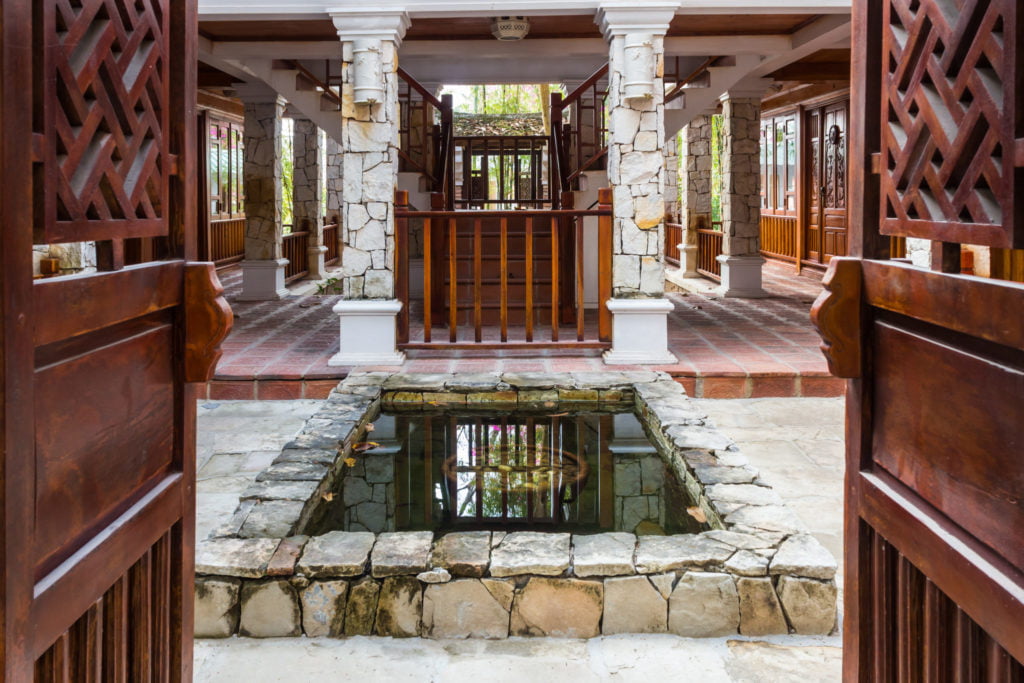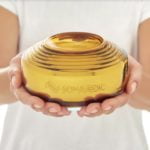Installing a garden pond can make a beautiful addition to your yard. The key to maintaining a healthy pond is to use the right type of filtration system. Filters keep the pond’s water debris-free and keep fish waste from building up and making the water unsuitable for pond life. Mechanical filtration includes pumps, filter media, and sponges that remove debris. Biological filtration houses beneficial bacteria that prevent ammonia and harmful gases from affecting pond life. Water gardens need regular maintenance each season depending on the size, location, construction, and content of the pond.
Spring Maintenance
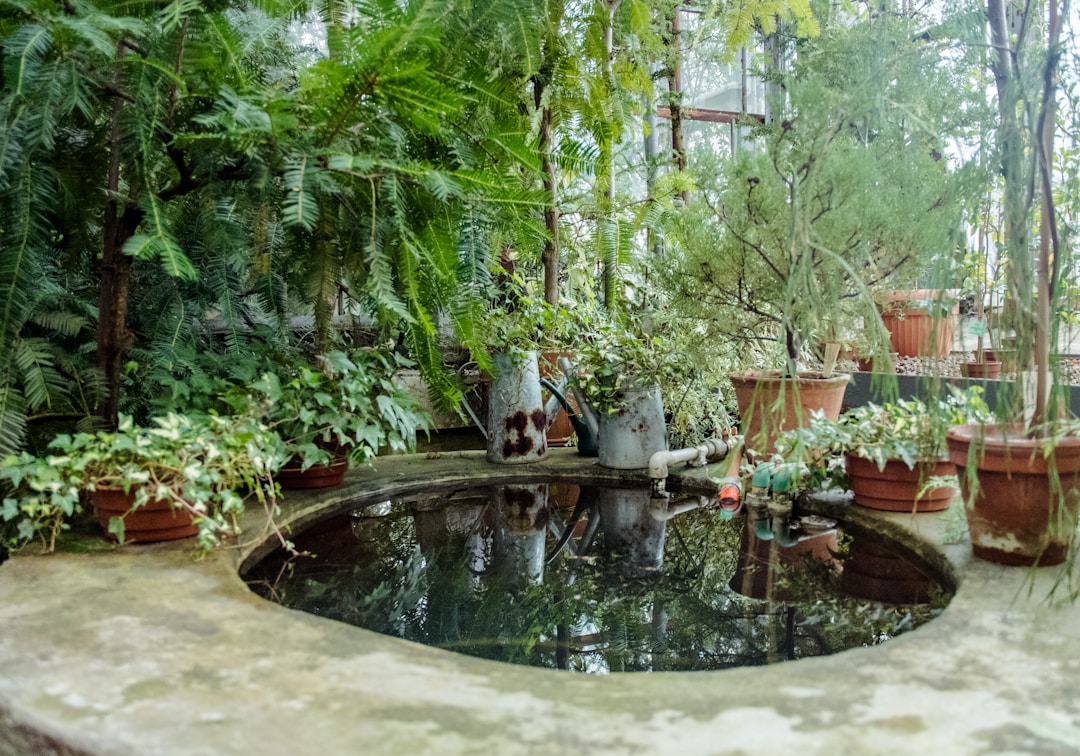
You’ll need to clean the bottom of your pond by draining the pond and washing residue and muck off of the liner. Inspect the liner for any leaks and patch them using a repair kit. Ensuring the liner is free of leaks prevents water loss. Trickle water at the bottom of the pond to top off the water level. Skim any leaves and debris from the pond’s surface to prevent toxic gases. Boost the water’s oxygen levels by adding oxygenating aquatic bund plants. Spring is the time to return frost-sensitive tropical plants to the water. Once you have topped off the water level and the water reaches 50 degrees Fahrenheit, you can add new floating and submerged plants to keep algae growth under control.
Summer Maintenance
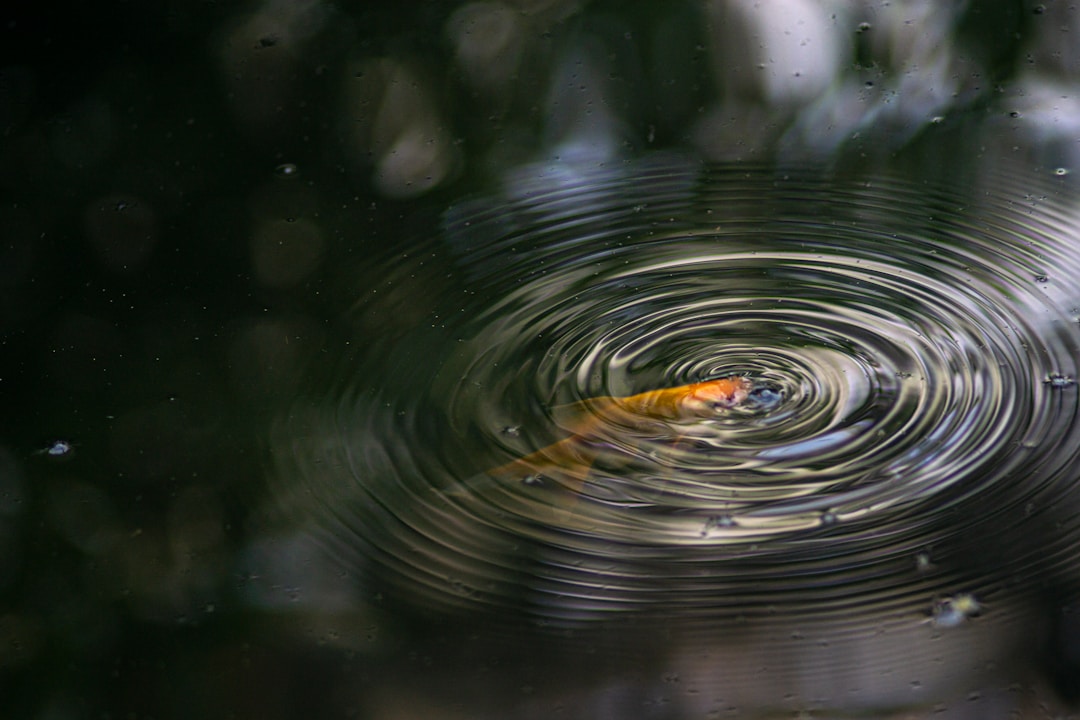
Your summer maintenance routine should include topping off the water level again by trickling water at the bottom of the pond to prevent salt and mineral buildup. Use a testing kit for ammonia, chloramines, and chlorine weekly. It’s a good idea to trim plants and remove dead leaves, dead flowers, and overgrown plants to prevent plant debris from taking over the pond. Check on the filters and pump intakes weekly and remove clogs as needed. Control any plant pests and algae, and fertilize potted plants with aquatic-plant fertilizer.
All water features need pumps to circulate the pond water. Two main types of filtration are necessary for maintaining a healthy ecosystem. A combination of mechanical and biological filtration is necessary to process fish waste, uneaten fish food, leaves, and debris from the lawn. The best way to preserve your pond pump and filter is to keep up with regular seasonal maintenance of your pond.
At Tampa Bay Ponds & Rocks, you can find a variety of submersible pond and fountain pumps for everything from tabletop fountains and aquariums to commercial water features. The pond store has all the landscaping supplies you need to make a beautiful addition to your yard, including pond supplies, outdoor water fountains, gravel, and a variety of landscaping rocks. They can help you determine the best types of pond and landscape supplies for your project, offer advice and design ideas, and recommend reputable companies that offer landscape installation services.
Fall Maintenance
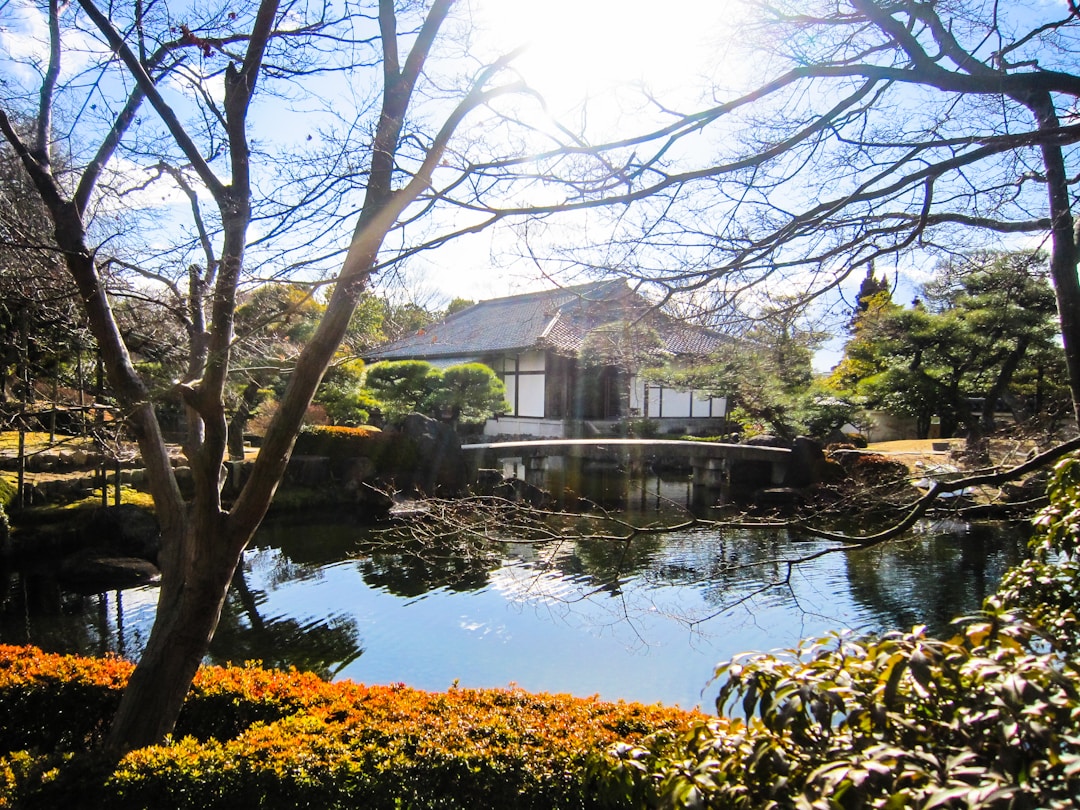
Your fall maintenance routine starts by skimming leaves and debris from the water’s surface. Depending on how many trees are around the pond, you may want to secure netting over the pond to catch leaves. Once the water temperature decreases to 50 degrees F, it’s time to reduce or stop fish feeding. Fish digest food more slowly in the winter, and undigested food in their stomachs can kill them. Relocate any hardy submerged plants to the deepest part of the pond if your pond doesn’t freeze solid in the winter months. Any non-hardy plants or aquatic life should be moved indoors for winter survival. Disconnect and drain the water filter and pond pumps, and drain the water lines and fountains.
Winter Maintenance
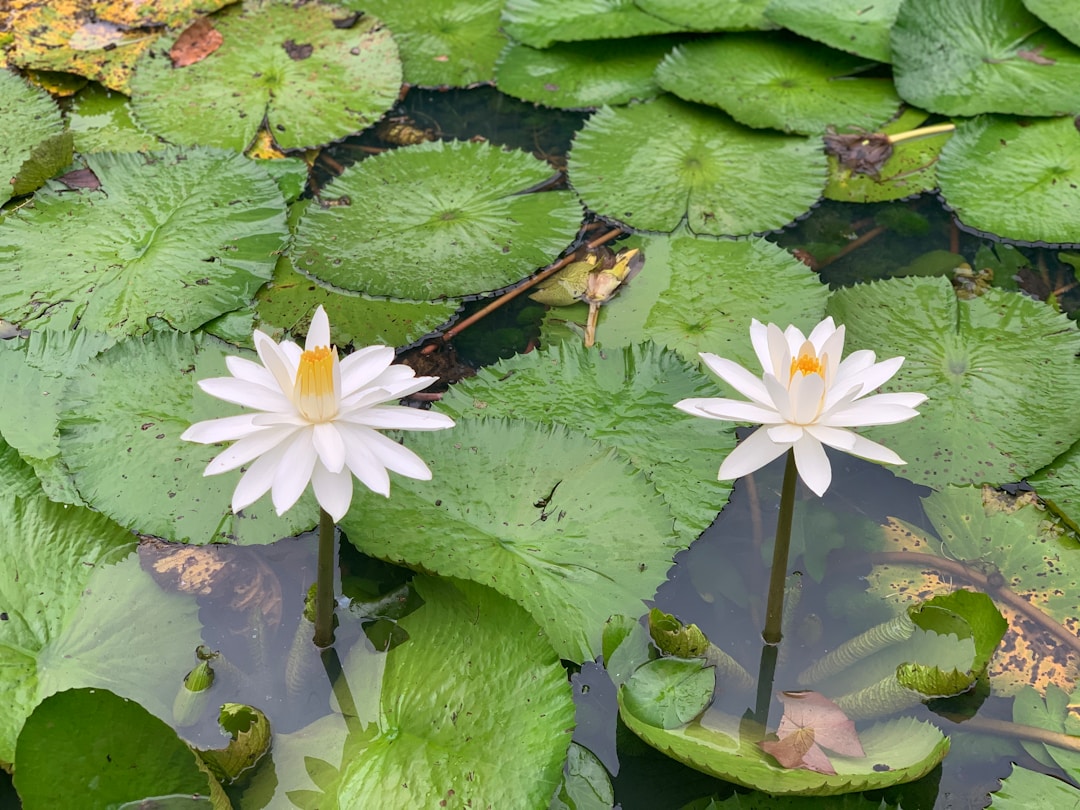
When winter comes, it’s a good idea to float wood or a ball on the pond’s surface to help protect the pond from the pressure of expanding ice. Use a bubbler or air stone to create an air hole for any remaining fish. This will keep the water circulating slowly and release toxic gases that prevent the water from freezing.
Garden ponds make a beautiful addition to your yard, but they do require seasonal maintenance and upkeep.

